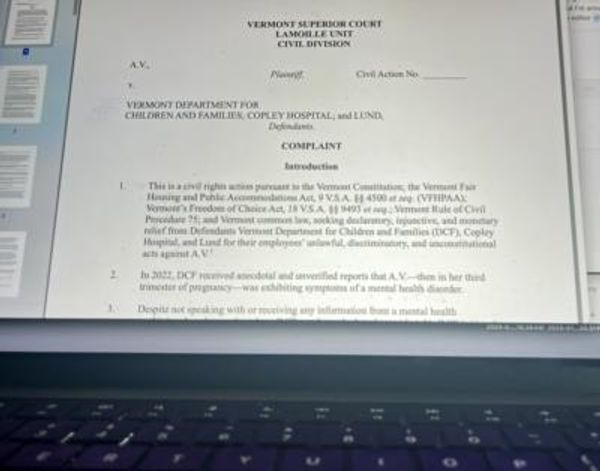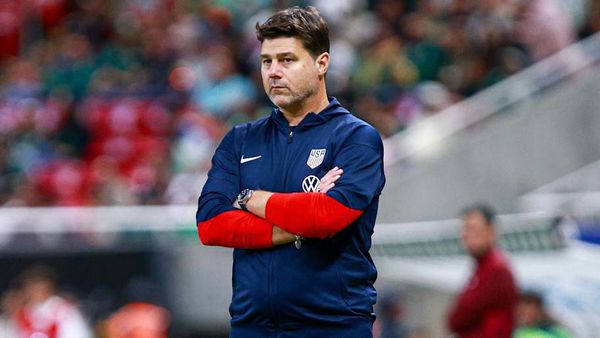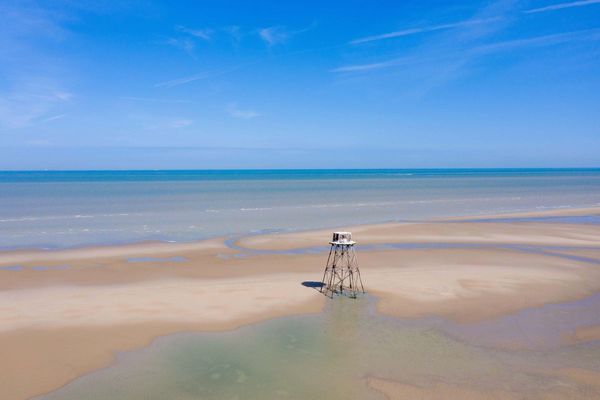
George Pell was a controversial figure for decades and was a staunch defender of the church. He repeatedly touted his credentials as a person to whom the sexual abuse of minors was an abhorrent scourge on the church.
He did so as a cover to divert attention away from his record as a man who waged a covert war on victims and survivors of abuse, and who orchestrated the church’s defence to my claim — the “Ellis defence”, by which I was figuratively hanged, drawn and quartered, displayed as a warning to any other survivor who may have the temerity to seek to sue the church.
It claimed: “there is no legal entity responsible for sexual abuse in the Catholic Church”.
Pell apologised to me for that legal abuse perpetrated by the church under his watch as archbishop of Sydney. Before he departed for Rome in 2014, he famously recited a public apology, not to me but to the assembled audience at the conclusion of the royal commission public hearing.
I had a cup of tea with him. While that was a private meeting and will remain so, I can say that I have never felt any warmth from the man. I was left with neither a sense of any acceptance of personal responsibility for how he sought to crush me, nor any appreciation of the impacts of his own actions. How little things have changed since then is telling.
Pell had been in a position to commit the church to openness, transparency and accountability — to the victims and survivors of abuse, to their families, to the faithful of the Catholic Church, and to the tens of thousands of people in the wider Australian community affected in some way by the unbridled abuse of minors by Catholic clergy, which could only have persisted and flourished by protection from the upper echelons of the church.
With Pell long gone from the Australian Catholic Church, his legacy lives on, with church entities now subverting the legal reforms designed to consign the “Ellis defence” to history by applying for a permanent stay of any claim where the perpetrator of the abuse had died before their crimes came to light.
Pell’s life will ultimately be judged by others and by history. I doubt the judgment will be generous. His defenders will maintain their outrage and lament the “anti-Catholic forces” and “conspirators” that led to his downfall, if that is what his return to Rome and the protection of the church represented. For the Catholic Church, he will no doubt always remain a hero and a martyr.
His detractors will focus not so much on the details of what they believe happened in St Patrick’s Cathedral in Melbourne in 1996, but rather on who he was as a leader of the Catholic Church, how he used his power as the most senior Catholic in Australia to affect the lives of loved ones and the legacy of the church he left behind.
So what will be the verdict of history? Did Pell live honourably and compassionately? Was he humble and merciful? Has any life breathed easier because of his conduct as a priest, archbishop, cardinal or senior Vatican bureaucrat? Did his war on victims and survivors of abuse make the church better?
Or will Pell’s enduring legacy be as one of the architects of the decline and eventual demise of the Catholic Church as an organisation worthy of trust and respect?
John Ellis commenced a claim against the Sydney Archdiocese in 2001 over historic sexual abuse committed by Catholic priest Father Aidan Duggan. That claim remains unresolved.
Survivors of abuse can find support by calling Bravehearts at 1800 272 831 or the Blue Knot Foundation at 1300 657 380. The Kids Helpline is 1800 55 1800. In an emergency, call 000.







